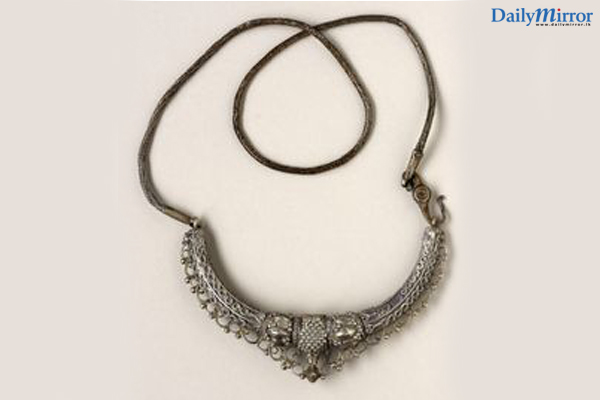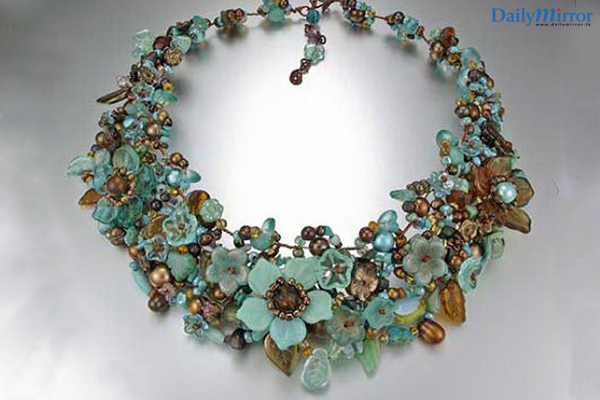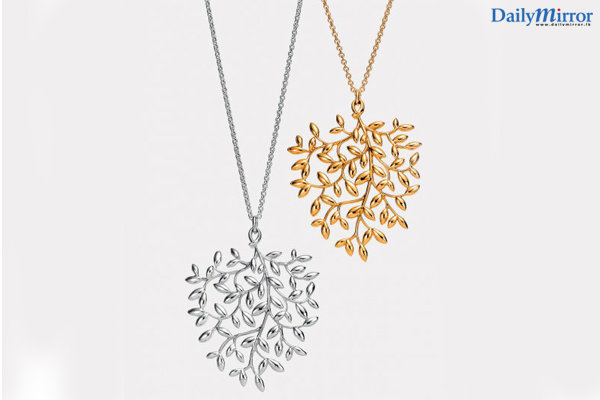Reply To:
Name - Reply Comment

FACETS to feature the Premier Jewelry Pavilion once again
The history of Sri Lanka’s Jewelry Industry is as old as that of its other half – the Gem Industry. The two industries are indeed two halves of one coin. The Mahavamsa shows that even before the coming of Vijaya, the Yaksha and Naga clans were utilizing the precious metals and minerals produced in the island. Ancient records indicate that there was an active mine, which produced gold in Acaraviyyagama during the reign of Dutugemunu in the 2nd century BC. During the 2nd century AD the Greek astronomer/geographer, Ptolemy made references to the gold found in Sielen Diva (as Sri Lanka was known by the ancient Greeks).
From the time of Vijaya to that of Sri Vikrama Rajasinha and the end of the monarchy jewelry was seen as a sign of status, based on its material properties, patterns and symbolism. Silver and copper were more frequently used in the production of jewelry rather than gold, which was often reserved for royalty, and the highest of nobility. Both men and women wore jewelry of varying designs made to adorn nearly every part of the body, ranging from hair ornaments to toe rings.

Other commonly used material includes glass (such as fused glass or enamel), wood, shells and other natural animal substances (such as bone and ivory), natural clay, polymer clay, hemp and other twines. A number of these materials are still used today.
Over the ages Sri Lankan jewelry has exhibited a pronounced Indian influence, brought about by the many friendly and hostile visitors to the island. However, following the colonial period the jewelry produced in Sri Lanka showed off a number of styles and designs that were common to the Western world.
The colonial period saw the further expansion of gem and jewelry commerce. However, during the 20th century the Gem and Jewelry Industry suffered a severe blow due to Government regulations that banned the importing of gold and restricted the trade of gem and jewelry between Sri Lanka and foreign countries. The removal of the ban in the 1990’s saw the industry begin to thrive once more. Prior to the introduction of the ban it had been a cottage-based industry with the practice of jewelry production being passed down from generation to generation. The lifting of the ban paved the way for the birth of a new sophisticated and more organized form of manufacturing, which allowed the Sri Lankan Jewelry Industry to keep pace with global practices and trade.

Today, with the aid of technology and the skills of talented artisans and designers, the Jewelry Industry has risen to become one of the leading industries of the country.
As a means of further boosting the development of the industry, the Sri Lanka Gem & Jewelry Association (SLGJA) has joined arms with the Academy of Design (AOD) and the Export Development Board (EDB) to introduce a special design program in 2018. The program will encourage further interest and fresh thinking in the discipline of jewelry design and motivate the introduction of new and more exciting styles and features to the Jewelry Industry of Sri Lanka.
The evolution of the Internet and social media has led to a marked change in the tastes of consumers, especially the millennial and the Generation Z. The recent years have shown a significant tilt towards costume jewelry due to the improvement in design and quality. Jewelry in Sri Lanka is bought primarily for the purpose of investment by a large majority of people, however there are also a significant number of consumers who purchase jewelry for other reasons as well.

For the past 26 years the FACETS International Gem & Jewelry Exhibition has featured the best of Sri Lankan design and craftsmanship. The previous year saw the addition of the Premier Jewelry Pavilion to the list of the exhibition’s main features. Having won the admiration of President Maithripala Sirisena himself, the Pavilion went on to attract a large number of local and international visitors. As a result of this tremendous success the FACETS Organizing Committee has made arrangements for the return of the Premier Jewelry Pavilion at the 27th edition of the exhibition, which will take place from the 31st of August to the 3rd of September 2017 at the BMICH.